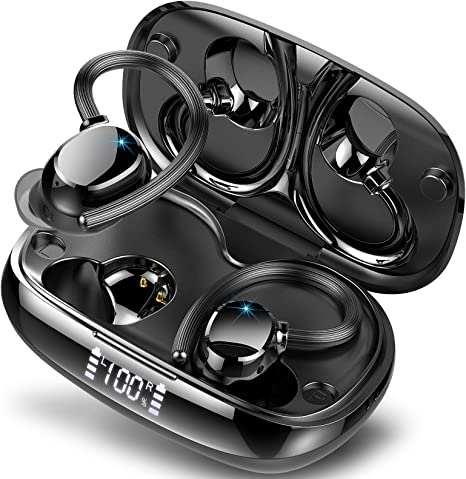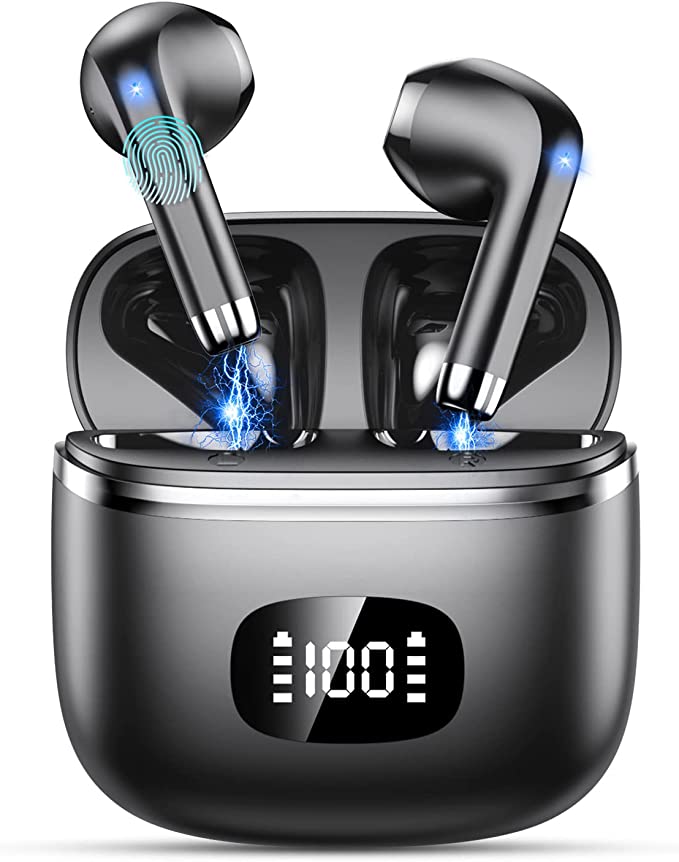WalkCleaner Smoke Purifier ZK001: Breathe Easy While You Create
Update on June 10, 2025, 7:03 a.m.
The Maker’s Breath: Unlocking the Science of Clean Air in Your Workshop
What does your workshop smell like?
For generations, the scent of creation was the smell of its byproducts: the acrid tang of the blacksmith’s forge, the sweet dust of the carpenter’s plane, the sharp sting of the tinsmith’s flux. It was a smell of progress, of tangible work. Today, in our garages and basements, a new generation of creators is shaping wonders with lasers, printers, and soldering irons. The smells have changed—a mix of toasted wood, melted plastic, and vaporized resin—but a fundamental question echoes through history: Is the air that fills our creative sanctuaries fueling our passion or slowly exacting a toll?
This isn’t just a philosophical query. As an indoor air quality scientist who also spends weekends covered in sawdust and wrestling with electronics, I’ve seen the evolution of this question firsthand. Let’s journey into the science of the air we breathe when we create, using a modern tool like the WalkCleaner smoke purifier ZK001 Fume extractor not as a product to be reviewed, but as a case study—a tangible piece of applied science that helps us answer this crucial question.

Decoding the Invisible Adversaries
Imagine Alex, a software engineer by day, who just unboxed his first laser engraver. The excitement is palpable. His first project: etching a simple design onto a piece of pine. The laser dances, and a beautiful image emerges. But so does a thick, sweet-smelling plume of smoke that quickly fills his garage. An open window helps, but the haze—and the smell—lingers tenaciously.
What Alex is contending with is far more complex than simple “smoke.” He’s just released two distinct types of invisible adversaries into his airspace, as defined by leading health and safety organizations.
First, there are the Particulate Matter (PM), specifically the treacherous PM2.5. These are microscopic solid particles less than 2.5 micrometers in diameter—so small that, according to the U.S. Environmental Protection Agency (EPA), they can get deep into the lungs and even enter the bloodstream. The smoke from laser-engraved wood is packed with them.
Second are the Volatile Organic Compounds (VOCs). The U.S. Occupational Safety and Health Administration (OSHA) identifies these as gases emitted from certain solids or liquids. The sharp, chemical smell from laser-cutting acrylics, the fumes from soldering flux, or the distinct odor of 3D printing resin? That’s the work of VOCs, which can cause a range of short- and long-term adverse health effects.
An open window offers dilution, but for particles that don’t easily settle and gases that hang in the air, it’s an incomplete strategy. To truly reclaim the air, the workshop needs its own immune system.

Engineering a Workshop’s Immune System
A high-quality fume extractor is precisely that: a dedicated defense system designed to identify, capture, and neutralize airborne threats at their source. The science inside a unit like the WalkCleaner ZK001 is a masterclass in multi-stage defense, because no single technology can defeat both particulates and gases. Let’s dissect it, layer by layer.
The First Line: The Doorman (Pre-Filter)
The first thing the captured air encounters is a simple pre-filter. Its job is to block the large, obvious troublemakers—dust bunnies, hair, and larger sawdust particles. It’s the unglamorous but essential doorman that prevents the high-tech systems downstream from getting overwhelmed, ensuring their longevity and effectiveness.
The Second Line: The High-Tech Security Net (HEPA Filter)
Here lies the heart of particulate capture: the HEPA filter. This is not a mere coffee filter. The acronym stands for High-Efficiency Particulate Air, and to earn this designation, a filter must—by standard—capture at least 99.97% of airborne particles that are 0.3 micrometers (µm) in size.
Why that specific size? It’s a common misconception that HEPA filters work like a simple net, catching anything larger than their holes. The reality is far more elegant. They capture particles in three ways: direct interception (particles sticking to fibers), impaction (larger particles being too clumsy to navigate the airflow), and diffusion. It is diffusion—an effect of Brownian motion where the tiniest particles move erratically like pinballs—that makes HEPA filters surprisingly effective against very small pollutants. The 0.3 µm size is actually the most penetrating particle size (MPPS), the one that is hardest for the filter to catch. By mastering the most difficult target, a HEPA filter is exceptionally effective against both smaller and larger particles. When a unit like the ZK001 claims a 99.98% purification rate, it’s speaking to its prowess in executing this sophisticated physical ballet.
The Third Line: The Chemical Detox Center (Activated Carbon)
The HEPA filter is a physical barrier, a master of capturing solids, but VOCs—being gases—would pass right through it. This is where chemistry takes over. Activated carbon works through a process called adsorption, where gas molecules are trapped and held on a solid’s surface by weak intermolecular forces (van der Waals forces).
To understand its power, imagine a single gram of the activated carbon used in these filters. It is so incredibly porous that its internal surface area can be equivalent to a football field. This vast, microscopic landscape acts like a powerful chemical sponge, trapping and holding onto the VOCs and odor molecules responsible for that post-soldering headache or the lingering smell of melted plastic.

Science in Practice: Power, Serenity, and Honest Limitations
An immune system needs more than just filters; it needs a strong heart and a quiet disposition. The specifications of a fume extractor tell this part of the story. The ZK001’s measured inlet wind speed of 16.5m/s speaks to its power to perform source capture—sucking fumes directly from the laser head or soldering tip before they ever have a chance to contaminate the room’s air. It’s the difference between catching a fugitive at the scene of the crime versus chasing him through the city.
Equally important is the sound level, rated at no more than 45 decibels. In a world of loud tools, this is remarkable. 45dB is the approximate sound level of a quiet library or a soft conversation. It signifies a respect for the creator’s focus, ensuring that the act of protecting your health doesn’t shatter your concentration.
But science is always about understanding boundaries. Alex, our new maker, eventually graduates to cutting acrylic. He consults the community and finds a review from another user, “JLK,” who notes that while using the WalkCleaner for acrylic, some of the powerful odor remained. This isn’t a product failure; it’s a teachable moment about the limits of chemistry. The activated carbon “sponge,” for all its vast surface area, can become saturated. When faced with a very high concentration of VOCs, as produced by some plastics, it can be overwhelmed.
This reveals a higher level of workshop wisdom: the most robust air quality strategy often involves a partnership. For routine work, a high-efficiency recirculating fume extractor is a powerful solution. For tasks that produce an extreme load of VOCs, that same extractor, working in concert with external ventilation, creates an unbeatable combination.

A Breath of Creation
From the blacksmith squinting through coal smoke to Alex watching his laser with clarity, the goal has remained unchanged: to create a space where passion can flourish without compromising well-being. Tools like the WalkCleaner ZK001 are more than just machines; they are the physical embodiment of decades of scientific progress in fluid dynamics, material science, and chemistry, all focused on a single, vital outcome.

Understanding the science inside these tools is the modern maker’s new literacy. It transforms you from a passive user into an informed creator who knows not just how to use your tools, but why they work and how to create an environment where your best ideas can safely come to life. Investing in clean air isn’t an expense; it’s an investment in countless more hours of doing what you love, fueled by inspiration, not fumes. It is, quite simply, the breath of creation itself.


















